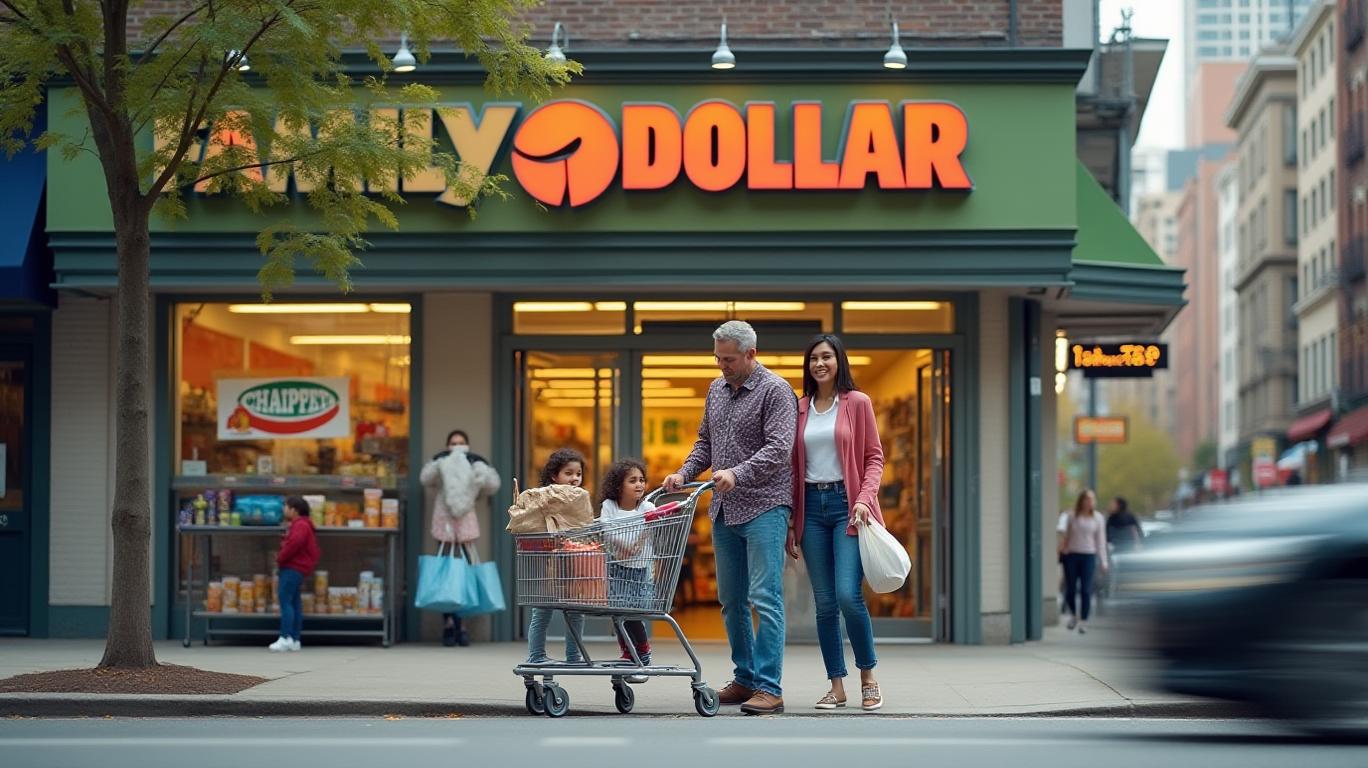The Discount Retail Shakeout: Dollar Tree and Family Dollar Navigate Turbulent Times
Amid a shifting retail landscape, two of the nation’s largest discount retailers are making drastic moves to survive. Over the past week, Family Dollar and Dollar Tree announced strategic closures and structural overhauls, signaling a reckoning in an industry grappling with declining foot traffic, rising costs, and eroded consumer trust.
Ask Aime: Are Family Dollar and Dollar Tree stock prices affected by their strategic closures and overhauls?

The Closure Surge: A Strategic Retreat or a Last Resort?
Family Dollar kicked off the latest round of closures on May 8, 2025, shuttering 15 stores in Texas and Ohio. The company framed the move as part of a “strategic realignment” to focus on high-traffic locations and improve efficiency. Employees at closed stores were offered rehiring preferences at nearby branches, while customers were directed to the nearest open locations.
But the bigger story lies with Dollar Tree, which has taken a far more drastic approach. On May 11, the company revealed plans to close 370 stores nationwide as part of a broader restructuring. This follows the sale of Family Dollar to two private equity firms for $1 billion—a stark contrast to the $9 billion paid for the chain in 2015. The moves underscore Dollar Tree’s urgent need to trim underperforming assets and refocus on its core business.
The Numbers Behind the Crisis
The decision to close stores stems from a perfect storm of financial and operational challenges. Dollar Tree reported a staggering $7.85 loss per share in 2023, a stark reversal from its 2020 net income of $5.6 billion. To offset losses, the company has raised price caps—items now max out at $7, with plans to increase to $10—while also dealing with regulatory and reputational hits.
The FDA’s April 2025 warning letter over contaminated drugs sold at Dollar Tree stores and the ongoing scrutiny of Family Dollar’s unsanitary warehouses (including rodent infestations) have further dented trust. Meanwhile, competitors like Walmart and Target are aggressively undercutting prices, squeezing Dollar Tree’s customer base.
A Shift in Strategy—and Survival
CEO Michael Creedon, who took the helm during this restructuring, has positioned the closures as a necessary step to “achieve full potential.” The company plans to prioritize high-performing locations, particularly in key markets like California (790 stores) and Texas (709 stores), while using sublet leases for closed properties to support local businesses.
Yet, the human toll is significant. Over 1,000 Family Dollar stores and 370 Dollar Tree locations are slated for closure, disproportionately impacting low-income communities reliant on affordable goods. Dollar Tree’s customer service hotline (1-800-STORES-25) aims to mitigate disruption, but the long-term effects on these neighborhoods remain uncertain.
The Path Forward: Risks and Opportunities
Investors must weigh two critical questions: Can Dollar Tree’s strategic pivot stabilize its financials, and will the $1 billion sale of Family Dollar free up resources for growth?
On one hand, the company’s focus on its core brand and price hikes could boost margins—if customers tolerate higher costs. Dollar Tree still commands an 8,202-store footprint, providing scale to innovate. On the other hand, rising operational costs, regulatory scrutiny, and competition threaten its recovery.
Conclusion: A New Era for Discount Retail
The recent closures mark a turning point for Dollar Tree and Family Dollar. While the moves aim to cut losses and rebuild profitability, the road to recovery is fraught with risks—from consumer backlash to execution challenges. Investors should monitor two key indicators:
- Profitability Metrics: Track Dollar Tree’s net income and gross margins as price hikes and store closures take effect.
- Store Performance: Watch which regions (e.g., Texas, California) see closures versus new openings, signaling where the company is betting on growth.
In a sector where “discount” no longer guarantees success, the next 12–18 months will determine whether Dollar Tree’s gamble pays off—or if it joins the ranks of retail casualties. For now, the discount store model is in flux, and investors must stay vigilant.
Jeanna Smialek is a pseudonym for a senior financial analyst. This article reflects the author’s analysis of public data and is not financial advice.


_442a2dcc1749832873286.jpeg)
_e68fac6d1749831664430.jpeg)






